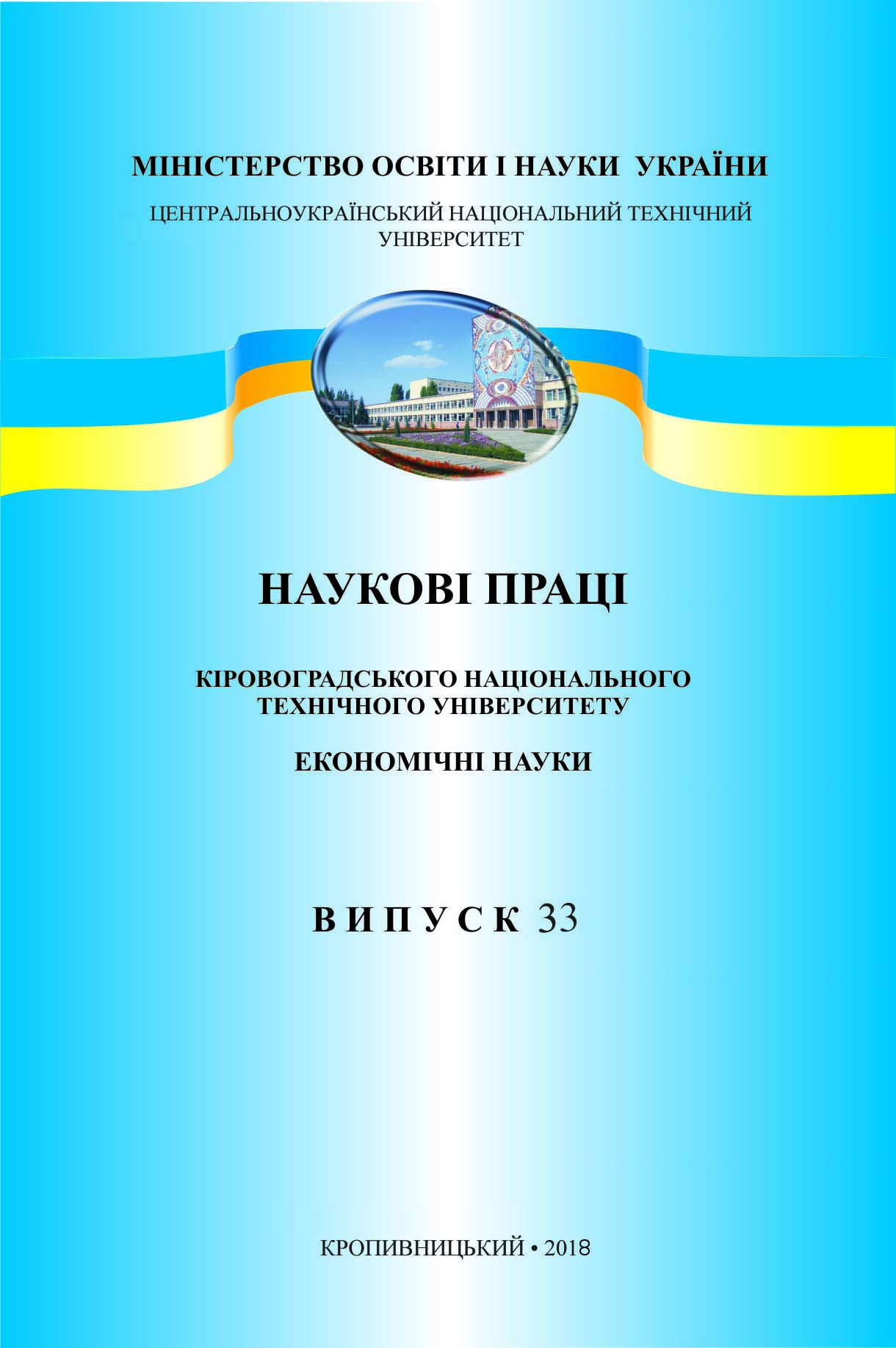Профілювання митних ризиків в системі забезпечення митної безпеки України
Profiling Customs Risks in the Customs Security System of Ukraine
Author(s): Igor Nestoryshen, Vitalіy TurzhanskyiSubject(s): Economy, National Economy, Supranational / Global Economy, Business Economy / Management, Socio-Economic Research
Published by: Кіровоградський національний технічний університет
Keywords: customs security; system of analysis and management of customs risks; profiling of customs risks;
Summary/Abstract: Integration of Ukraine into the world economy envisages the improvement of the control system during the movement of goods across the customs border. Topical issue features the implementation of control activities by public authorities in the context of the production model to ensure a balance between promoting economic operators of foreign trade and customs security software. Solving this problem involves the development of measures aimed at significantly simplifying customs formalities connected with the movement of goods across borders and customs declarations, optimization of control procedures carried out by the customs authorities under conditions of maximum detection and neutralization of threats and dangers of foreign economic nature. The automated system of analysis and management of customs risks is the determining place in this system of relations. The article analyzes the current trends of customs control through the use of risk-oriented instruments of customs control. In addition, the modern normative provision of the functioning of the system of analysis and management of customs risks is investigated. It is noted that according to the domestic legislation forms and volumes of control are selected by customs on the basis of the results of application of the risk management system. Implementation by SFS (their departments) analysis, detection and risk assessment, including information technology, to determine the form and scope of customs control include: identifying conditions and factors affecting the occurrence of risks; definition of areas of risk; definition of risk indicators; assessment of the probability of occurrence of risks and possible harm in case of their manifestation. It has been determined that risk management for determining the forms and volumes of customs control is carried out at strategic, tactical and operational levels. Income and fee bodies use such risk management tools as risk profiles; orientation; risk indicators; methodical recommendations for the work of customs officials on the analysis, identification and risk assessment; random selection for determining the forms and scope of customs control. One of the steps in developing and implementing a risk management system is the development of risk profiles, which are the means by which customs authorities use risk management in practice. Today, the main instrument used by the income and charges for system analysis of foreign trade operations are ACCS "Inspector", which includes Automated system of analysis and management of customs risks and specialized software and information systems that are part of the Single Automated Information System and provide event monitoring the delivery of goods to customs destination, customs value and classification of goods, etc. The said software is widely used, and for other tasks such as analysis of foreign trade operations during customs audits, on-line monitoring of goods in respect of which triggered some risk profiles, preparing statistical reports, control over certain operations, the sample data for user-defined parameters using advanced reporting tools and more. The authors analyze the stages of development of customs risk profiles, algorithm for their development, as well as the process of their formalization in accordance with the current legislation. Further improvement of the risk management system requires both the development of the general legal framework and the formation of regulatory support at the level of customs. In particular, the topical issues of streamlining of the right regulation of risk management are the further use by customs of the automated system of customs clearance from regional algorithms of automated analysis and risk assessment under customs declarations.
Journal: Наукові праці Кіровоградського національного технічного університету. Економічні науки
- Issue Year: 2018
- Issue No: 33
- Page Range: 9-16
- Page Count: 8
- Language: Ukrainian

